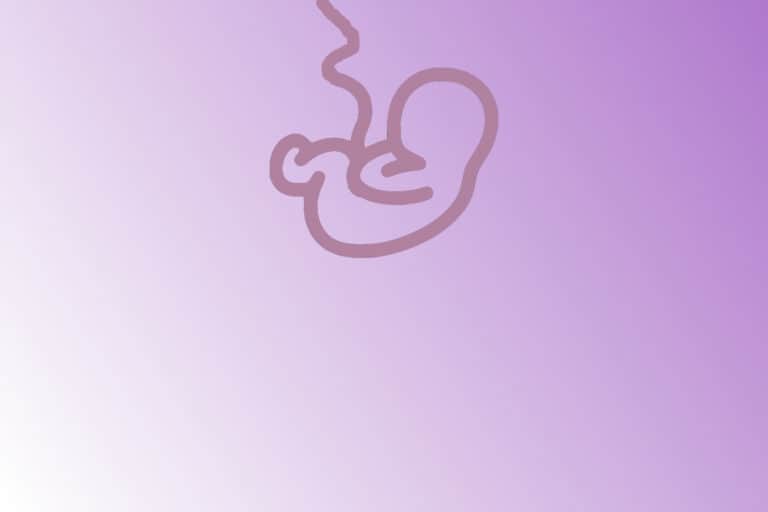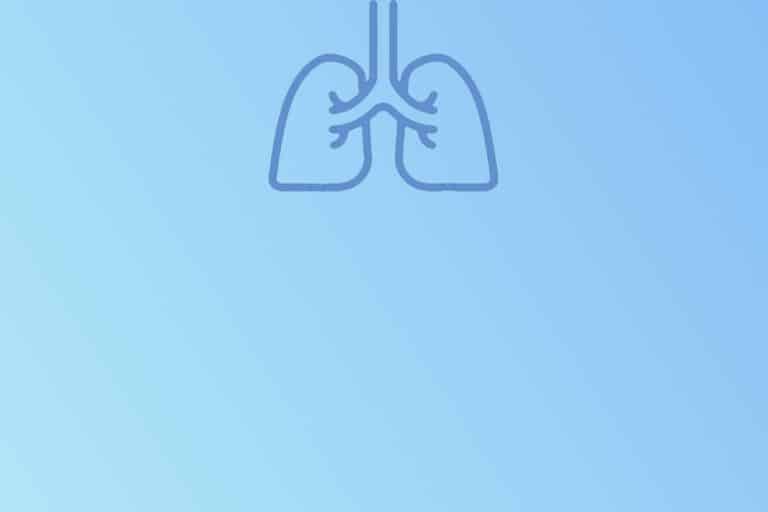Perinatal asphyxia
Perinatal asphyxia = antepartum or intrapartum hypoxia, hypercapnia and acidosis associated with organ dysfunction (predominantly ventilation, circulation and neurologic impairment)
Ventilation changes
- Compensatory tachypnea => primary apnea => gasping => secondary apnea
- Gasping causes aspiration of amniotic fluid (possibly with meconium)
- Continued secretion (absence of reversal) through alveolar-capillary membrane => increased amount of fluid in the lungs
Circulation changes
- Initial transient tachycardia and elevated blood pressure
- Persistent pulmonary hypertension of the newborn (due to hypoxia)
- Right-to-left shunts that further deepen hypoxemia
- Continued asphyxia => bradycardia and hypotension with blood flow centralisation => preferential perfusion of myocardium and brain => uncompensated shock with global tissue hypoperfusion
Metabolic changes
- Hypoxia causes anaerobic glycolysis => metabolic lactic acidosis
Diagnosis
Clinical Signs
- Delayed postnatal adaptation
- Dyspnea, hypoventilation, apnea
- Cyanosis (hypoxemia)
- Pale color (shock, anemia)
- Neurologic symptoms (hypotonia, atonia, irritability, seizures)
Apgar score (Table below) is used world-wide for assessment of postnatal adaptation. However, it is partially subjective and is of no use during the actual resuscitation of a newborn. Still, it remains one of the indication criteria for therapeutic hypothermia.
| 2 POINTS | 1 POINT | 0 POINTS | |
| Heart rate | > 100 heartbeats / minute | < 100 heartbeats / minute | Asystole |
| Breathing | Strong, robust cry | Weak, irregular breathing; gasping | Absent |
| Muscle tone | Flexed arms and legs that resists extension | Some flexion (hypotonia) | Atonia |
| Reflexes | Cry on stimulation | Grimase on suction or aggressive stimulation | No response to stimulation |
| Skin colour | Body and extremities pink | Body pink, extremities blue (acrocyanosis) | Central cyanosis / pale |
Diagnosis
Laboratory Findings
- blood gas from umbilical artery or vein => acidosis (severe asphyxia with pH < 7), decreased base excess (increased base deficit), elevated lactate
- elevated renal biochemistry (urea, creatinine)
- elevated cardiac markers (troponin T, pro-BNP)
- elevated liver enzymes (ALT, AST)
Imaging
- Cranial ultrasound (edema, intraventricular hemorrhage, stroke)
- Echocardiography (myocardial dysfunction, pulmonary hypertension, shunting)
- Chest X-ray (meconium aspiration syndrome)
Therapy
Resuscitation
- Described extensively in separate post (Resuscitation)
- Materials, indications and interventional steps for resuscitation
Post-resuscitation care
- Ventilation stabilization (ARDS = acute respiratory distress syndrome)
- oxygen
- CPAP (continuous positive airway pressure)
- mechanical ventilation
- surfactant
- Circulation stabilization (hypotension, myocardial dysfunction)
- volume expansion
- catecholamines
- Metabolic homeostasis
- acid base balance
- normoglycemia (parenteral nutrition)
- electrolytes (calcium, sodium, potassium)
- Renal aspects (acute renal failure/injury with oliguria-anuria)
- circulation normalization
- diuretics
- low-protein intake (parenteral nutrition)
- Neurologic sequelae (HIE = hypoxic-ischemic encephalopathy)
- sedatives, anticonvulsants
- physiotherapy
- therapeutic hypothermia
Therapeutic Hypothermia
- Whole body hypothermia with core temperature of 33.5 – 34.5 °C for 72 hours
- gestational age 36+0 and higher
- infants with moderate to severe HIE
- initiation of hypothermia within 6 hours after asphyxia
- rapid cooling and slow rewarming
- reduction in mortality and adverse neurodevelopment
Hypoxic-ischemic encephalopathy
Also called neonatal/perinatal encephalopathy can be described as dysfunction of the central nervous system during the first postnatal days following intrauterine hypoxia or perinatal asphyxia. The clinical correlate includes dystonia (hypotonia, hypertonia), dysreflexia, postural abnormalities, deviations in the consciousness, and seizures. Imaging (cranial ultrasound, MRI, EEG) plays a crucial role in the diagnosis and establishing its severity.
Sarnat classification simplifies an understanding of the various degrees of HIE
References
① Azzopardi DV, Strohm B, Edwards AD, et al. Moderate hypothermia to treat perinatal asphyxial encephalopathy [published correction appears in N Engl J Med. 2010 Mar 18;362(11):1056]. N Engl J Med. 2009;361(14):1349-1358. doi:10.1056/NEJMoa0900854





